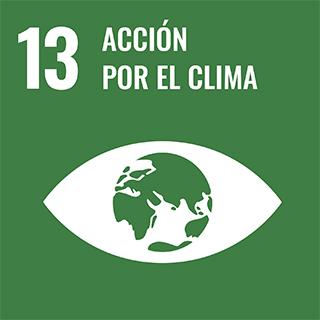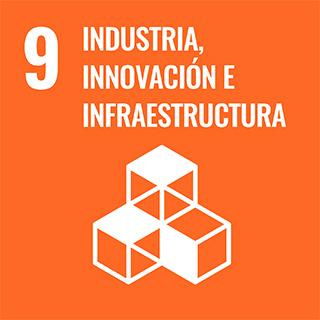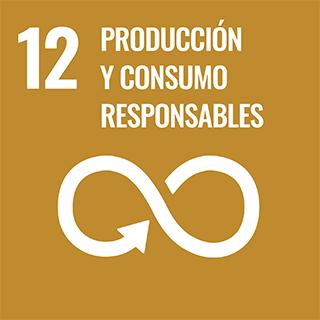
Indexado en
Licencia y uso

Grant support
Project with grant number PID2020-116496RB-C22 funded by the Ministry of Science and Innovation MCIN/AEI/10.13039/501100011033 and grant number AICO/2021/025 funded by Generalitat Valenciana.
Impacto en los Objetivos de Desarrollo Sostenible (ODS)



Análisis de autorías institucional
Lascano, DiegoAutor o CoautorGarcia-Garcia, DanielAutor o CoautorGarcia-Sanoguera, DavidAutor (correspondencia)Manufacturing and Characterization of Environmentally Friendly Wood Plastic Composites Using Pinecone as a Filler into a Bio-Based High-Density Polyethylene Matrix
Publicado en:Polymers. 13 (24): 4462- - 2021-12-01 13(24), DOI: 10.3390/polym13244462
Autores: Morcillo, Maria del Carmen; Tejada, Ramon; Lascano, Diego; Garcia-Garcia, Daniel; Garcia-Sanoguera, David
Afiliaciones
Resumen
The use of wood plastic composites (WPC) is growing very rapidly in recent years, in addition, the use of plastics of renewable origin is increasingly implemented because it allows to reduce the carbon footprint. In this context, this work reports on the development of composites of bio-based high density polyethylene (BioHDPE) with different contents of pinecone (5, 10, and 30 wt.%). The blends were produced by extrusion and injection-molded processes. With the objective of improving the properties of the materials, a compatibilizer has been used, namely polyethylene grafted with maleic anhydride (PE-g-MA 2 phr). The effect of the compatibilizer in the blend with 5 wt.% has been compared with the same blend without compatibilization. Mechanical, thermal, morphological, colorimetric, and wettability properties have been analyzed for each blend. The results showed that the compatibilizer improved the filler-matrix interaction, increasing the ductile mechanical properties in terms of elongation and tensile strength. Regarding thermal properties, the compatibilizer increased thermal stability and improved the behavior of the materials against moisture. In general, the pinecone materials obtained exhibited reddish-brown colors, allowing their use as wood plastic composites with a wide range of properties depending on the filler content in the blend.
Palabras clave
Indicios de calidad
Impacto bibliométrico. Análisis de la aportación y canal de difusión
El trabajo ha sido publicado en la revista Polymers debido a la progresión y el buen impacto que ha alcanzado en los últimos años, según la agencia WoS (JCR), se ha convertido en una referencia en su campo. En el año de publicación del trabajo, 2021, se encontraba en la posición 16/90, consiguiendo con ello situarse como revista Q1 (Primer Cuartil), en la categoría Polymer Science.
2025-08-09:
- WoS: 10
- Scopus: 9
- Europe PMC: 1
Impacto y visibilidad social
Análisis de liderazgo de los autores institucionales
Existe un liderazgo significativo ya que algunos de los autores pertenecientes a la institución aparecen como primer o último firmante, se puede apreciar en el detalle: Primer Autor (Morcillo, María del Carmen) y Último Autor (García Sanoguera, David).
el autor responsable de establecer las labores de correspondencia ha sido García Sanoguera, David.


